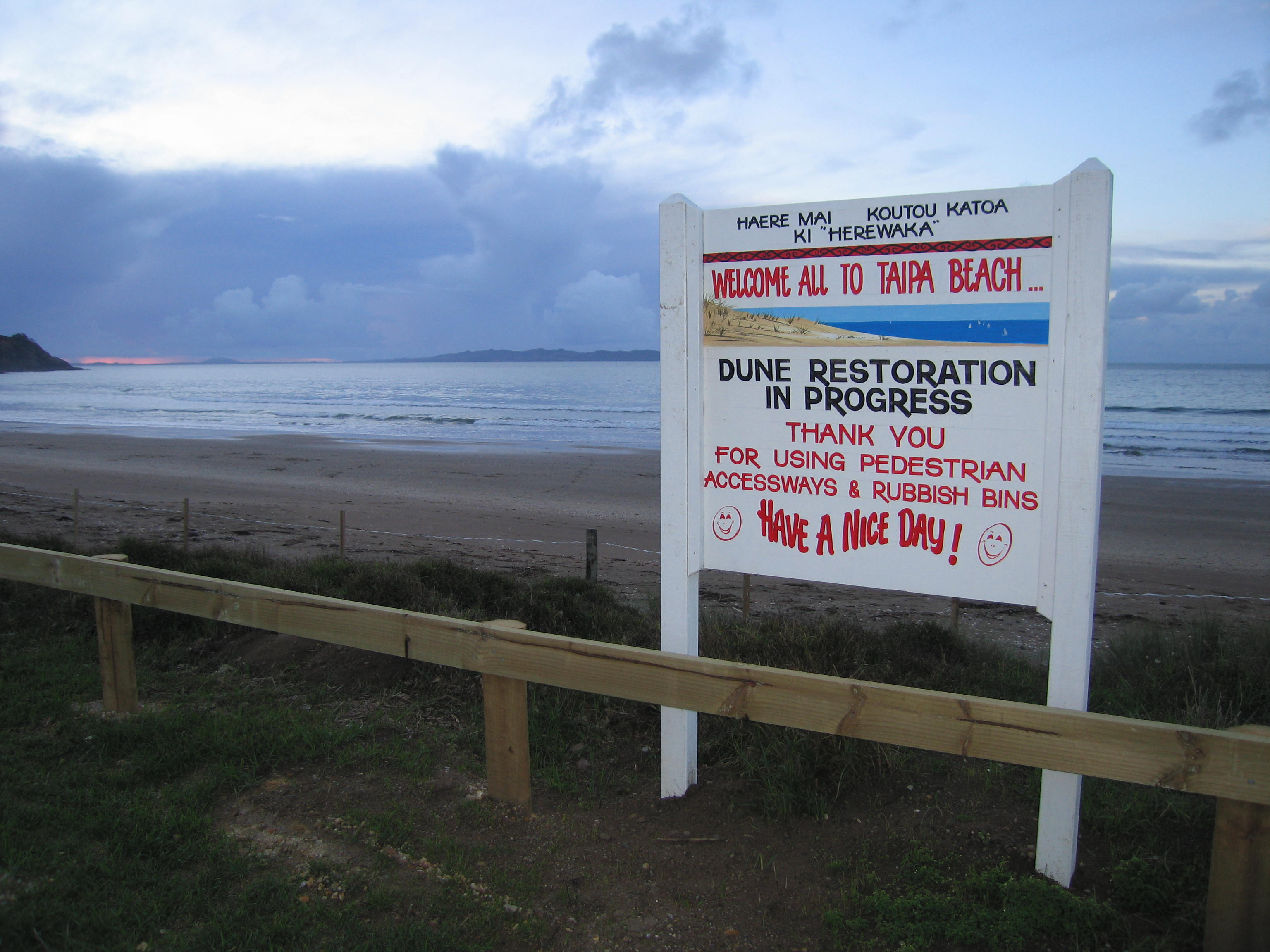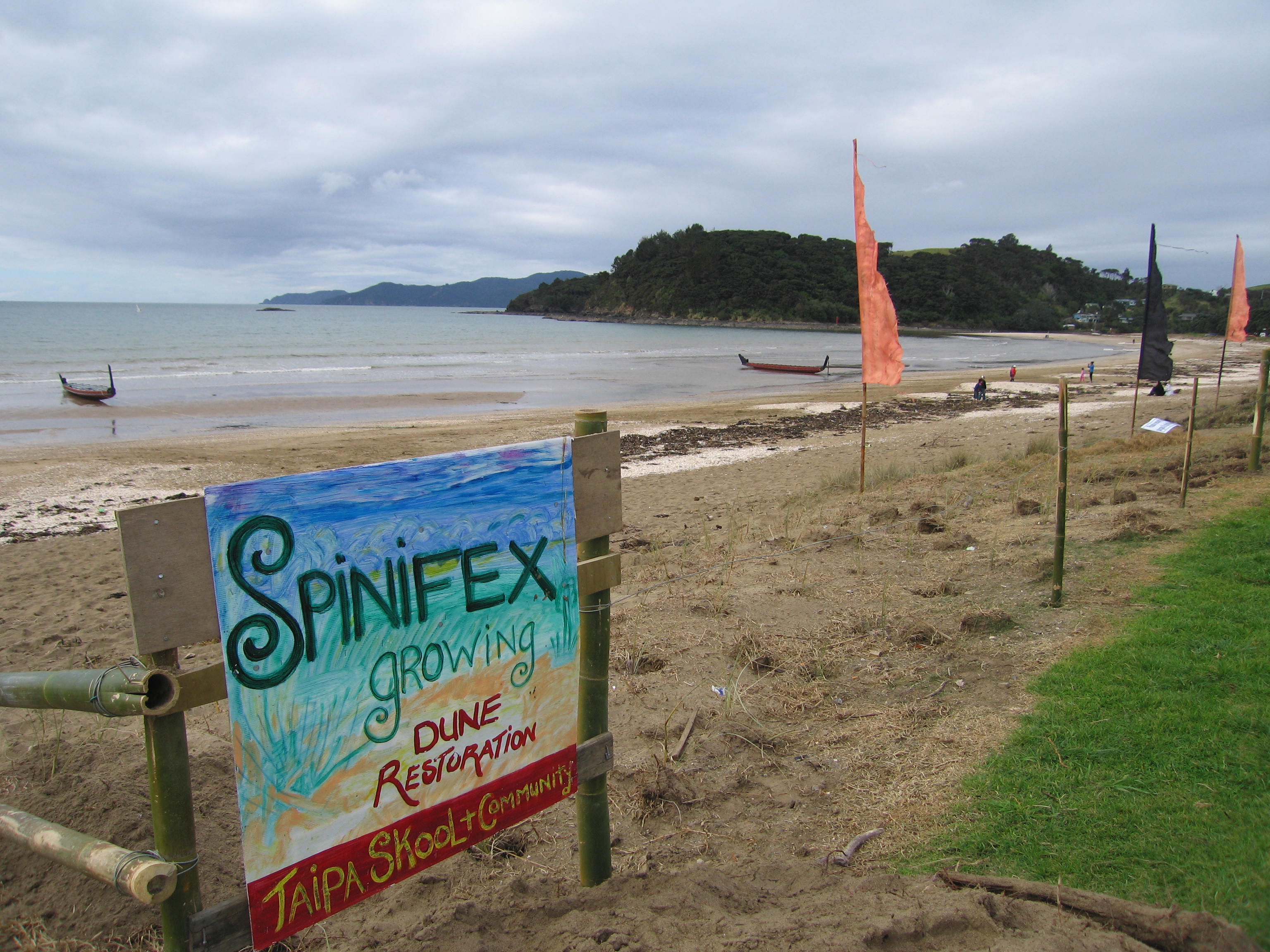What was our moana and the harvesting of kai moana and fishing like in the past?
Anecdotal evidence and oral history from older folks in our community is the only way for us to know this about our Bay.
Only people aged over 60 years old could have had a true experience of what our Bay was once like.
Local records show we no longer see the abundance of paua, scallops, crayfish and packhorse crayfish, hapuka, schools of spawning snapper up estuaries, sharks, kingfish, big flounder, schools of mullet up rivers ….
Information about species and numbers of fish that were caught, and the abundance of the harvest of kaimoana has shown us that we have lost a lot.
Our Oral History project in 2010 was an important step in recording our local marine environment evidence. You can view it here.
Our community survey showed that 73% of respondents had noted a decline in our local marine environment.
There is a sense of urgency now, or future generations will not be able to experience what our grandparents did.
Recognising what species and undersea environments we have damaged and lost, gives valuable baselines for us to work towards having a more thriving Living Sea in Doubtless Bay.
Experience shows that it takes 10 to 20 years of full protection for a more fully functioning marine ecosystem to develop.
We are thankful that the first Doubtless Bay Marine Habitat Mapping Project was completed in 2005 by Roger Grace and Vince Kerr.
See more about what our Bay was like in the past:
What was the fishing like in Doubtless Bay - Oral History Project by Mary Ralph 2010
What have we lost? Kaimoana changes 2011

